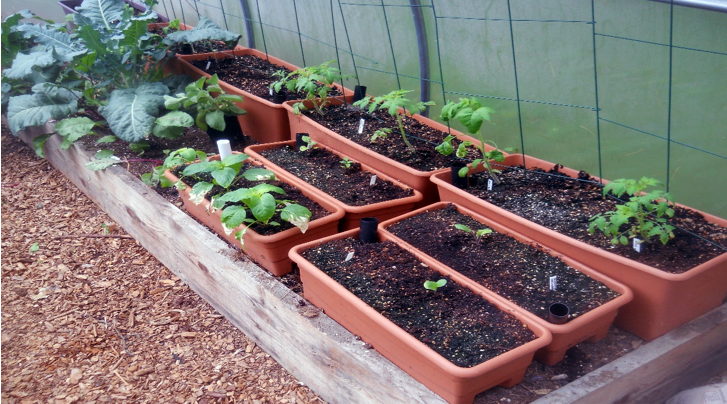
Preparing for Your Next Vegetable Garden
By Clark Whitter, Cumberland County Master Gardener, Class of 2010
Analyze
At the end of the growing season, including fall and early winter crops, analyze what did well and what did not. If a crop has not done well for the last two to three years, consider cutting back on some vegetables or change some varieties. This year, I’m dropping corn because it uses too much space for the yield. I’m also dropping soybeans, brussel sprouts, and cauliflower.
Inventory
Next, I inventory all my leftover seeds. Then I plan my next beds with consideration for crop rotation. When I plan beds, I determine how much space I want to allocate for each crop for each crop to be raised. This allows me to determine how much seed to order. I also check the first new catalogs I’ve received to see if there are any new items I would like to try. If I have not received the newest catalog for companies that I have previously used, I will check out their items online. (I try to order and receive my seed orders by January to ensure they are not sold out of the items.)
Planning
I develop a chart containing a list of varieties I would like to grow, the inventory of seeds I have and the amount I want to plant, the seeds that need to be ordered, what beds and space is allotted, estimate when to start seedlings, when to direct sow vegetables, and when to transplant seedlings. Example vegetable inventory and order (PDF).
Data Collection
I plant according to soil temperature and determine when to estimate dates by averaging two to four years of data. I also compare the data to the Cumberland County averages for my area to determine my estimation of when to plant seedlings, direct sow, and transplant seedlings. When the snow if off the beds in the Spring, I push a small meat thermometer in my Hoop House beds until I get a reading of 32 to 33 degrees. After getting that reading, I take reading each day or every other day for about a month and a half and put the data on an excel spread sheet. When I reach the temperature I want, I see if the temperature is maintained for about three days to ensure a cold snap does not lower the ideal temperature. If the temperature falls after planting, I use low hoops covered with remay or green house plastic to protect the crops.
University of Maine Cooperative Extension Publications:
Bulletin #2286: Testing Your Soil
Bulletin #2763, Garden Equipment and Items to Make for the Maine Garden
Bulletin #2751: Starting Seeds at Home
Gardening in Limited Space Using Container Gardens, Videos, Parts 1 & 2
